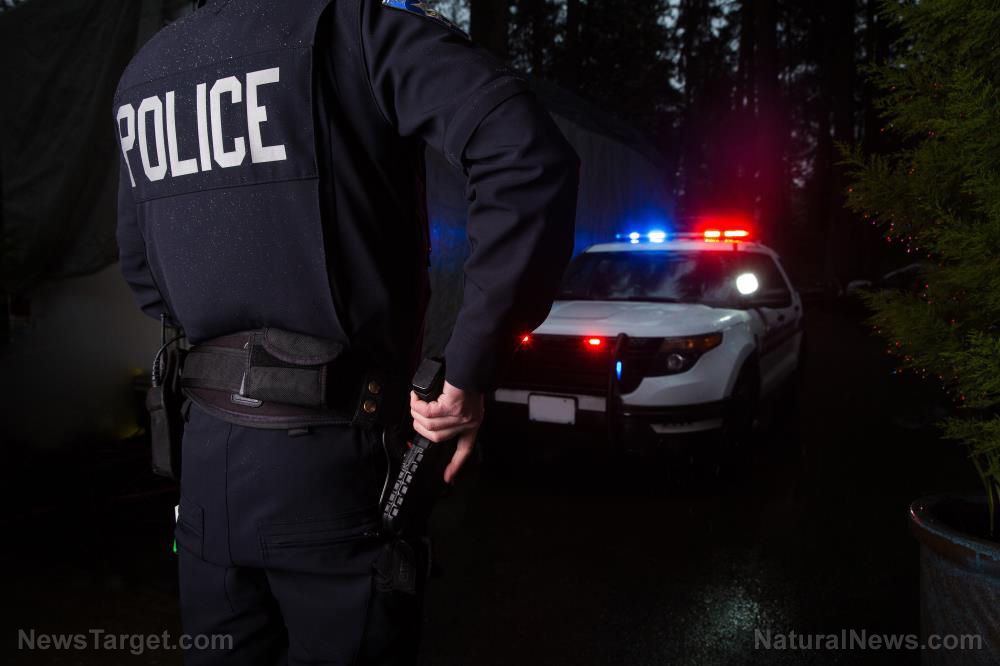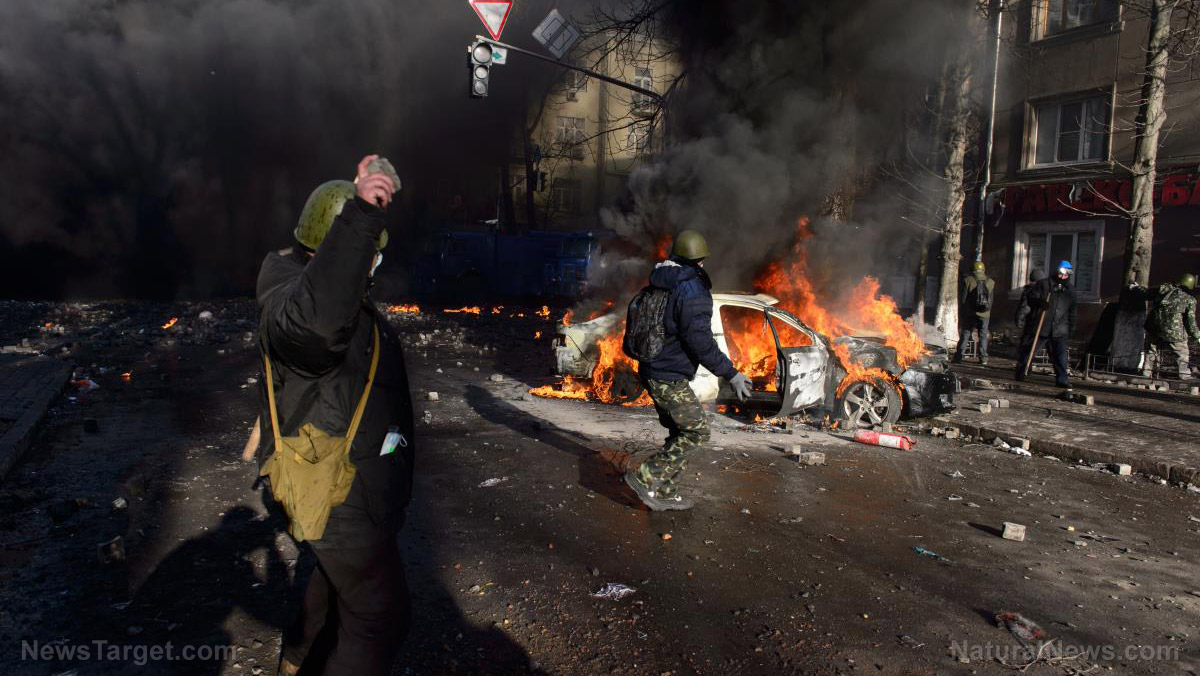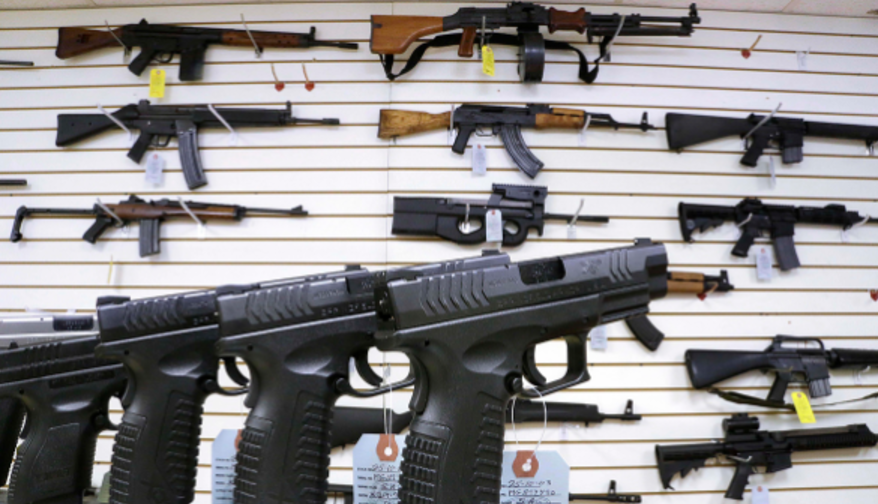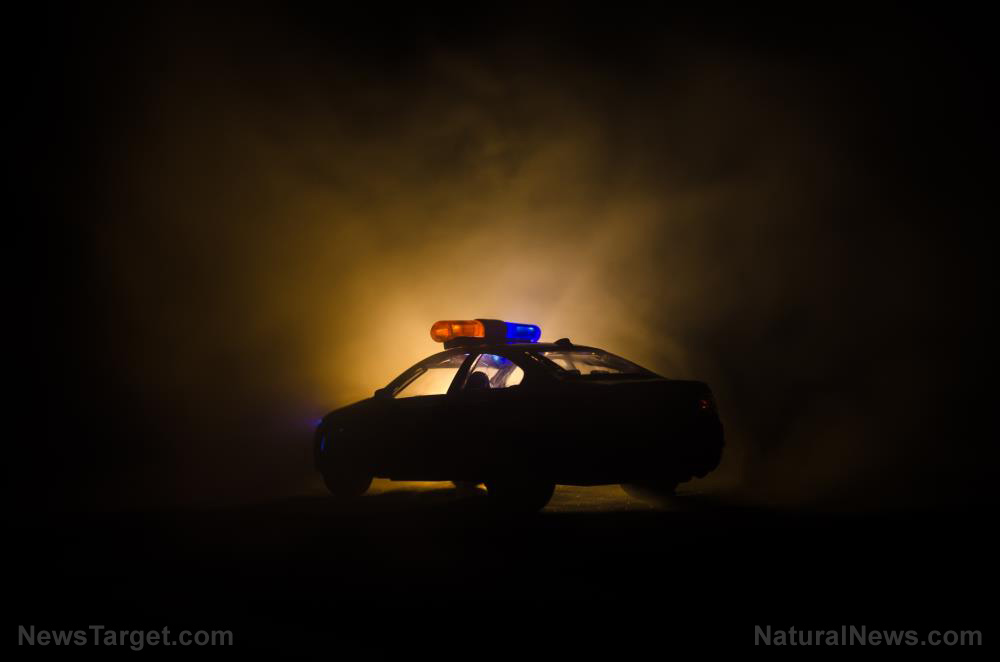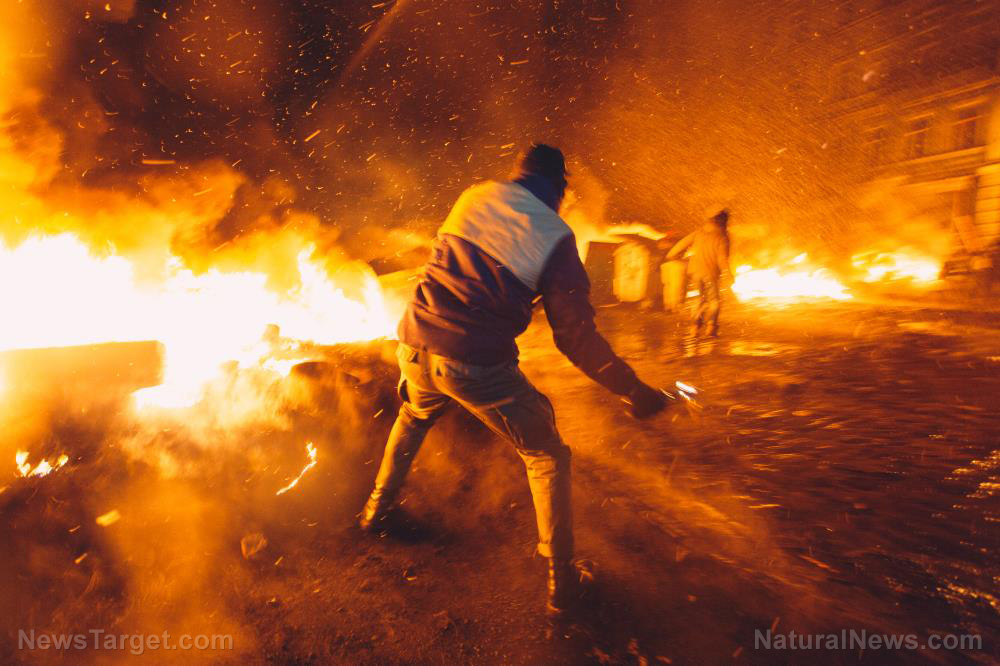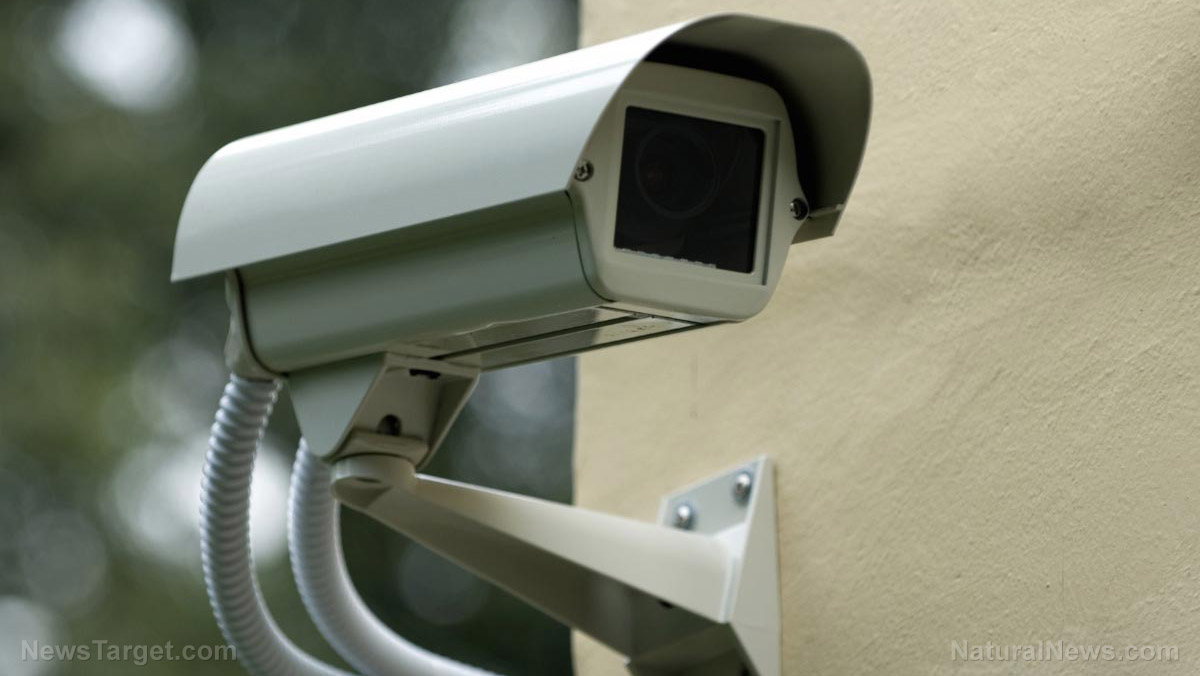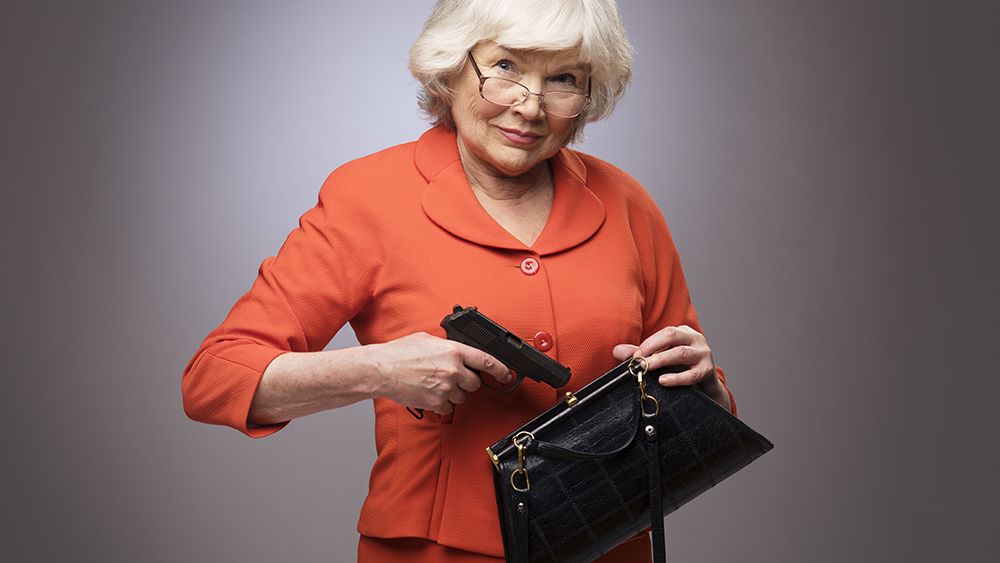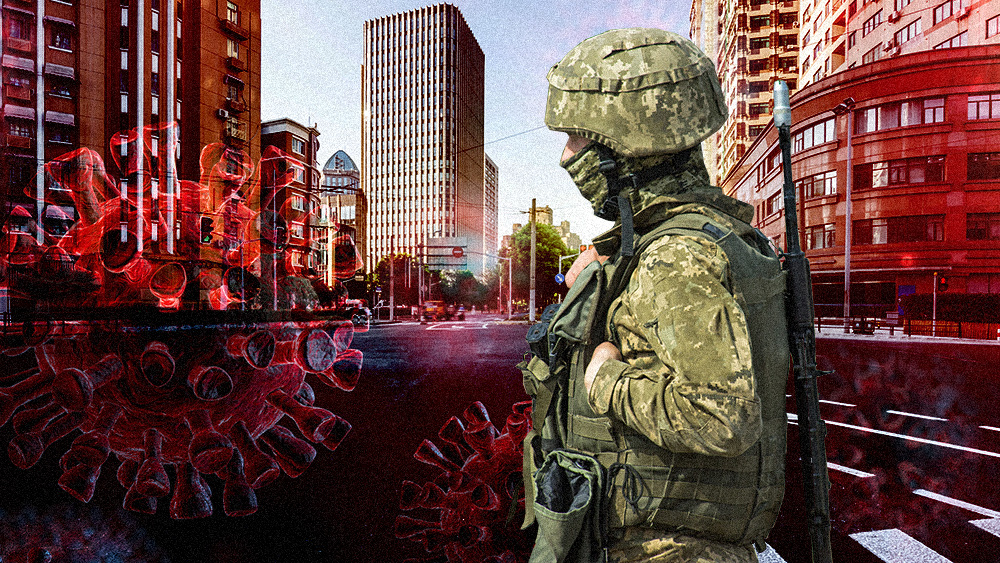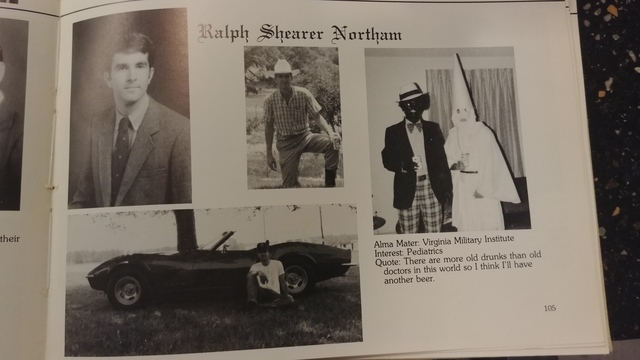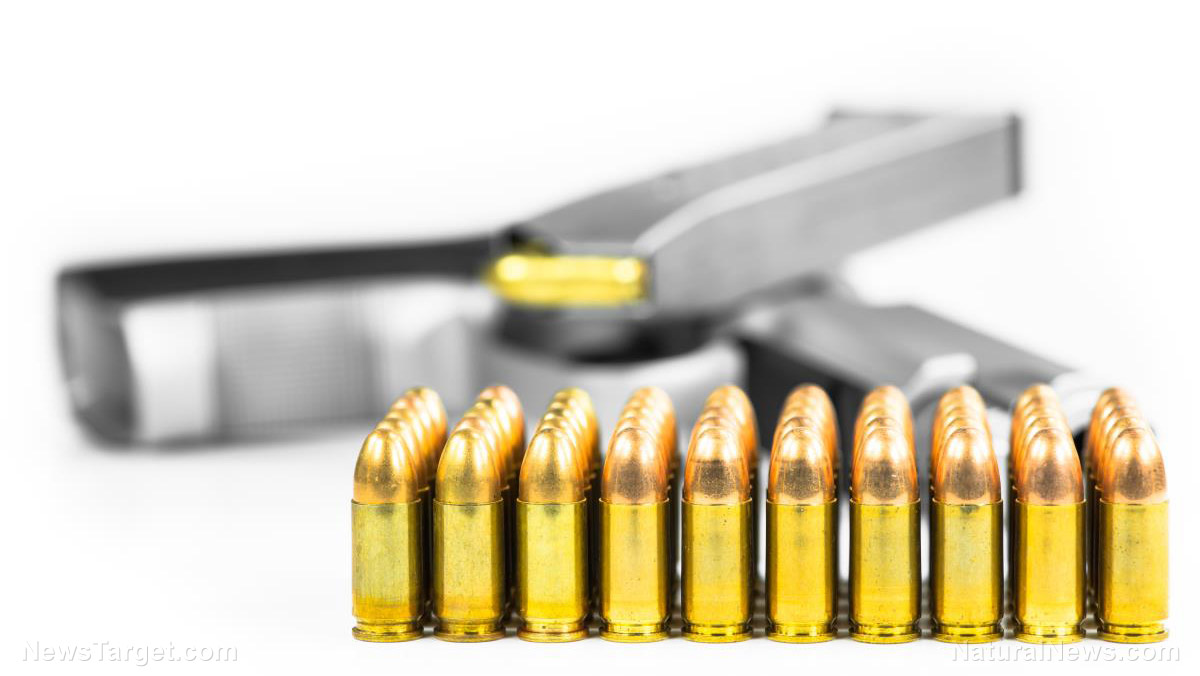Need to protect yourself with pepper spray? Here are a few recommendations
06/19/2020 / By Zoey Sky
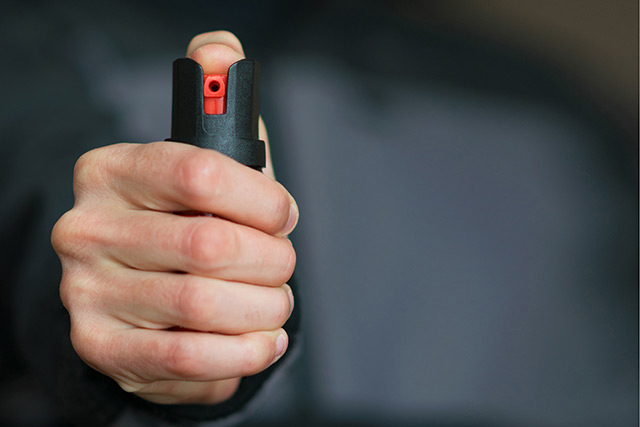
Self-defense is a crucial aspect of your preps. And just as there are many different kinds of threats, there are several weapons at your disposal. From firearms to non-lethal weapons like pepper spray, it’s important to know which weapon suits which threat best. (h/t to SurvivalSullivan.com)
Using a non-lethal weapon like pepper spray lets you change the dynamic of a confrontation without provoking your attacker, which may happen if you bring out a firearm instead.
Pepper spray, or oleoresin capsicum (OC) spray, contains a wax-like resin that comes from peppers. OC is often dissolved in a solvent before it is stored in a can and pressurized.
Pepper spray effects
A person exposed to pepper spray will experience an almost instant burning sensation and irritation in their eyes, nose and throat.
Within 10 to 20 seconds of exposure, he will experience involuntary constriction of the trachea. This causes a feeling of panic and involuntary coughing.
Within 30 seconds of exposure, he will experience excessive mucus production since the OC causes inflammation in the upper respiratory system. The excess mucus can also cause breathing difficulty.
Moreover, he will be blinded due to excessive tear production and involuntary eye closure. He may also experience coughing, gagging and gasping for air.
After 30 seconds of exposure to pepper spray, he will experience pain and a burning sensation. In most cases, these symptoms should be enough to stop aggression.
These symptoms will continue for an average of 30 to 45 minutes, even after the person leaves the area where you used the pepper spray.
Note that in rare cases, pepper spray may cause cyanosis, a bluish discoloration of the skin that occurs when there is a lack of blood flow and oxygen. The target may also experience apnea and respiratory arrest.
Delayed reaction to pepper spray
When using pepper spray, the first 10 to 20 seconds of contact can still provide a window for your target to attack you before the substance takes effect. This is why pepper sprays are typically used for diversion to escape confrontation.
The purity of the resin used to make pepper spray affects how fast the product takes effect. When buying pepper spray, choose a product with a high-quality OC resin for best results.
Measuring pepper spray strength
The “heat” of pepper spray is measured by the percentage of major capsaicinoids. Note that the most potent formulation currently available on the market is 1.33 percent for a product manufactured by Sabre Red.
There are two other measurements used by manufacturers and companies when advertising pepper spray, but these measurements may vary.
- Scoville heat units (SHU), which may vary from batch to batch of peppers used in the spray. This number is advertised as an “average.” SHU is usually a measurement based on the raw pepper, not the formulation itself.
- OC percentage measures the extract in the formulation, not the potency of the formulation.
“Nozzle heat” is another term used when researching or discussing pepper spray. It refers to the amount of SHU being put out of the nozzle.
When in doubt, buy pepper spray that is made of pure resin instead of focusing on raw heat.
Kinds of pepper spray
Pepper spray comes in three primary product types: Foam, gel and spray. The spray comes in either a fog pattern or a stream.
Fog pattern spray
Fog pattern spray shoots out a shotgun blast of chemicals that comes out in a cone. The spray then spreads out the farther it gets from the can.
While fog pattern spray has a great chance of hitting your target, your accuracy and the distance the spray travels may differ. If you’re not careful, you can get some of the spray on yourself. (Related: 6 Non-lethal ways to protect yourself if you’re not ready to carry a firearm.)
Fog pattern spray is easier to control. Use fog pattern pepper spray carefully in areas with bystanders, especially those who are susceptible to the effects of OC spray like children, the elderly, pregnant women and people with breathing problems.
Gel
Pepper gel comes out in a stream, eliminating potential blow-back from a strong wind. Gel sprays also increase the range of pepper spray by at least 20 percent.
Unlike fog pattern spray, pepper gel only affects what it touches. There’s little to no chance that you or bystanders will accidentally inhale the OC spray.
Gel sticks almost instantly and it is difficult to remove. Pepper gel is very visible so you can easily check if you successfully hit your attacker.
Foam
Foam spray is suspended in a thick, expanding foam that “melts” once it makes contact. Foam spray shoots out a stream, which improves accuracy.
However, foam spray sacrifices distance, with most products having a spray distance of only 8–10 feet. Foam sprays are best for a close quarter fight.
Pepper sprays for your survival gear
SABRE Red Pepper Gel
Considered a best seller, SABRE Red Pepper Gel will stick to its target and doesn’t rebound, preventing accidental contact.
The gel is heavier, which gives it a higher effective distance of at least 18 feet. The product comes in a 1.8 oz flip-top can.
SABRE Pepper Gel also has UV dye that can help you identify attackers if they manage to escape during a confrontation.
Fox Labs 5.3 Pepper Spray
Fox Labs’ “5.3” pepper spray has the hottest formulation out of all products available on the market.
This spray comes in a 1.5 oz flip-top can that measures four inches tall by one and 1/4 inch in diameter. With a three-year shelf life, the spray can fire 18 half-second bursts at a distance of 17–20 feet.
This spray also contains a UV marking dye, making it easier to identify attackers. However, “5.3” spray is thin, which might splash if you fire it too close to your target.
With a heavier stream than other sprays, the “5.3” pepper spray allows for more product downrange for better coverage on your target.
Do your research before purchasing pepper spray for your survival bag. Carry it with you at all times and learn how to use it properly for self-defense so you don’t hurt yourself or innocent bystanders if you are attacked.
Sources include:
Tagged Under: Gear, non-lethal weapons, pepper gel, Pepper Spray, personal safety, preparedness, prepper, prepping, protection, self-defense, survival, survival gear, survivalist
RECENT NEWS & ARTICLES
COPYRIGHT © 2018 SELFDEFENSE.NEWS
All content posted on this site is protected under Free Speech. SelfDefense.news is not responsible for content written by contributing authors. The information on this site is provided for educational and entertainment purposes only. It is not intended as a substitute for professional advice of any kind. SelfDefense.news assumes no responsibility for the use or misuse of this material. All trademarks, registered trademarks and service marks mentioned on this site are the property of their respective owners.


